RAID 1 provides fault tolerance by mirroring data across two or more drives, allowing the system to survive the failure of one drive without data loss. If a single drive fails, the other drive(s) contain an exact copy of the data, ensuring continuous operation and easy recovery by replacing the failed drive and rebuilding the mirror.
RAID 10 combines mirroring and striping, creating mirrored pairs that are striped for performance. Its fault tolerance depends on the distribution of failures across mirrored pairs: it can tolerate one drive failure per mirrored pair without data loss. For example, a 4-drive RAID 10 (two mirrored pairs) can survive up to two drive failures if each failure occurs in a different mirrored pair. However, if both drives in the same mirrored pair fail, data loss occurs.
Fault Tolerance and Failure Scenarios Summary:
| RAID Level | Minimum Drives | Fault Tolerance | Failure Scenario Impact |
|---|---|---|---|
| RAID 1 | 2 | Can tolerate 1 drive failure (or more if multiple mirrors) | Single drive failure causes no data loss; multiple failures beyond mirrors cause data loss |
| RAID 10 | 4 | Can tolerate 1 drive failure per mirrored pair | Failure of both drives in the same mirrored pair causes data loss; failures in different pairs are tolerated |
Additional Details:
-
RAID 1 is ideal when data redundancy is critical and capacity is less important, as usable capacity is half the total drive capacity (due to mirroring).
-
RAID 10 offers both high performance (due to striping) and fault tolerance (due to mirroring), making it suitable for applications requiring speed and redundancy. The more mirrored pairs in the array, the higher the number of drives that can fail without data loss, provided failures are spread across pairs.
-
In both RAID 1 and RAID 10, prompt replacement and rebuilding of failed drives are essential to maintain fault tolerance and avoid data loss from subsequent failures.
-
RAID controller failure can render the RAID inaccessible even if drives are intact; recovery may require replacing the controller or professional data recovery.
In summary, RAID 1 tolerates a single drive failure by mirroring data, while RAID 10 tolerates multiple drive failures as long as no mirrored pair loses both drives simultaneously. Both require timely drive replacement and rebuild to maintain fault tolerance.


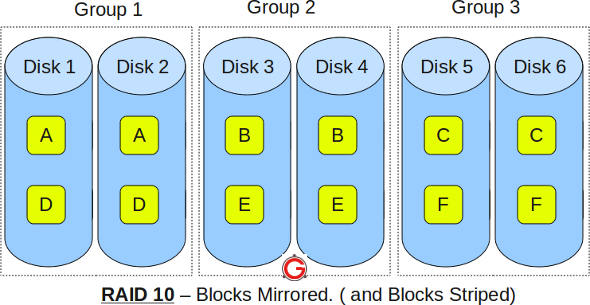
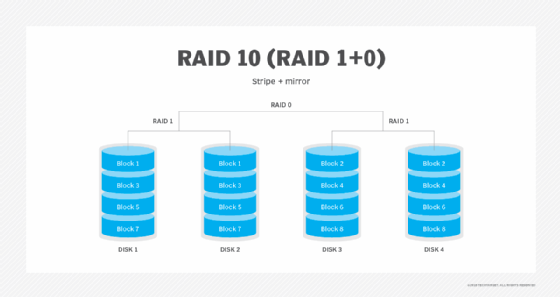
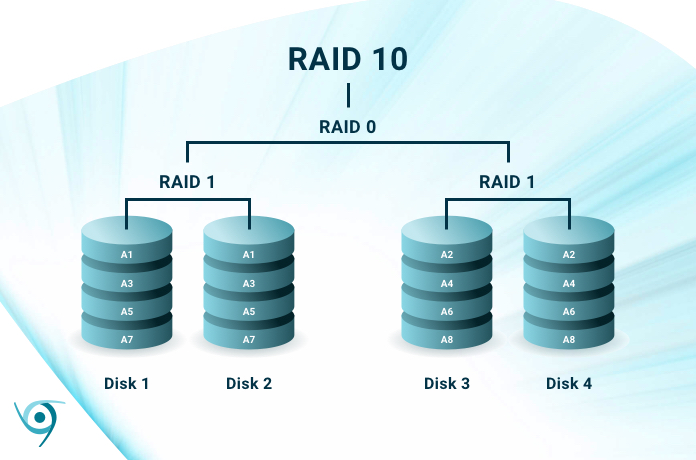
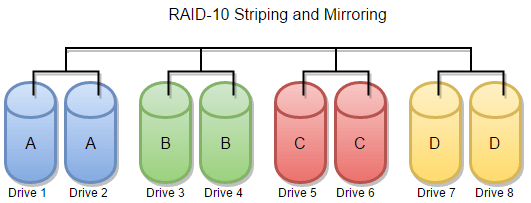
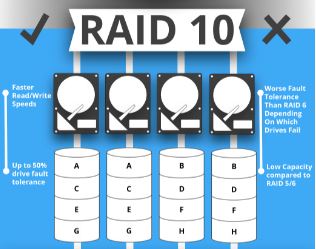






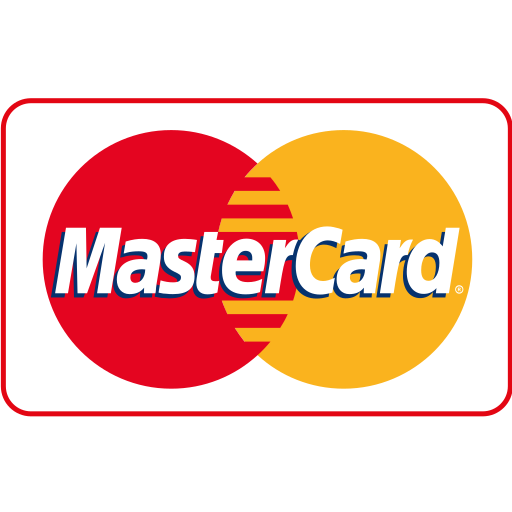

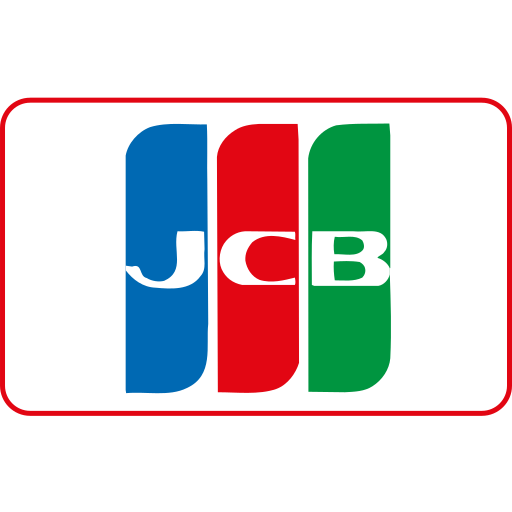




Maple Ranking offers the highest quality website traffic services in Canada. We provide a variety of traffic services for our clients, including website traffic, desktop traffic, mobile traffic, Google traffic, search traffic, eCommerce traffic, YouTube traffic, and TikTok traffic. Our website boasts a 100% customer satisfaction rate, so you can confidently purchase large amounts of SEO traffic online. For just 720 PHP per month, you can immediately increase website traffic, improve SEO performance, and boost sales!
Having trouble choosing a traffic package? Contact us, and our staff will assist you.
Free consultation